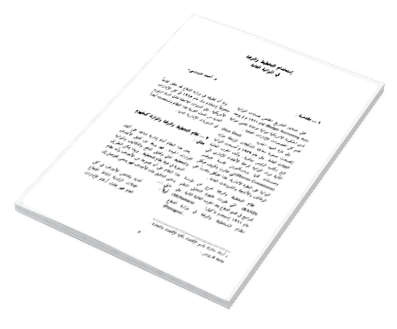The Evolution of Planning, Programming and Budgeting System as a Budgetary Technique
DOI:
https://doi.org/10.37376/deb.v17i1.1870Abstract
Planning, programming and budgeting system (P.P.B.) is an important step toward the reform of budgetary techniques. Its installation in the American Defence Department in 1961 had been preceeded by over a decade of work by RAND Corporation and others on the application of systematic analysis to defence problems.
In August 1965 President Lyndon B. Johnson directed all major civilian agencies of the Federal Government to install P.P.B. along the general lines of the Defence Department model. He also instructed each agency to establish a central program policy and planning staff to assist in designing the system and carrying out its planning and analytic functions.
and other countries imported and used this system. With the increasing percentage of national income to be spent through the budget, the budget process must be designed to do more than exert financial control and promote management efficiency. It must also become an instrument to help policy makers assign priorities and allocate national resources among completing activities. P.P.B. constitutes an attempt to integrate policy formulation with budgetary resource allocation, and to provide a means for regularly bringing systematic analysis to bear on both policy formulation and budget allocation. This article outlines the characteristics of the planning, programming and budgeting system along with a critical review to its working process.
Downloads

Downloads
Published
How to Cite
Issue
Section
License
Copyright (c) 2022 Dirasat in Economics and Business

This work is licensed under a Creative Commons Attribution-NonCommercial-NoDerivatives 4.0 International License.







